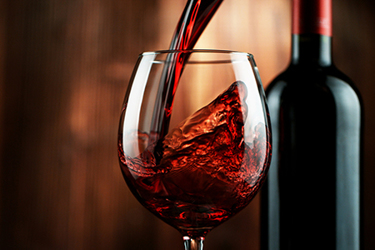Wine Final Filters

The objective of final filtration is to ensure the removal of wine spoilage organisms that can cause refermentation, off flavors or turbidity post bottling. The typical wine spoilage organisms include yeasts, lactic bacteria and acetic bacteria.
Since wine final filters are the last filtration step prior to bottling they are therefore the most critical filtration step and will help ultimately ensure brand protection.
Wine final filters are often described by their pore size, 0.45 µm or 0.65 µm. Because the pore size does not indicate the reduction of microorganisms, a final wine filter should be validated for its bacteria and yeast reduction by wine specific microorganisms.
The term used to describe this retention is LRV (Log Reduction Value). The difference between log retention values is shown in the table below.
Wine final filters should also be integrity testable. The integrity test as a non-destructive test is linked to the performance of the filter and as such makes sure the filter is working as expected in the application.
